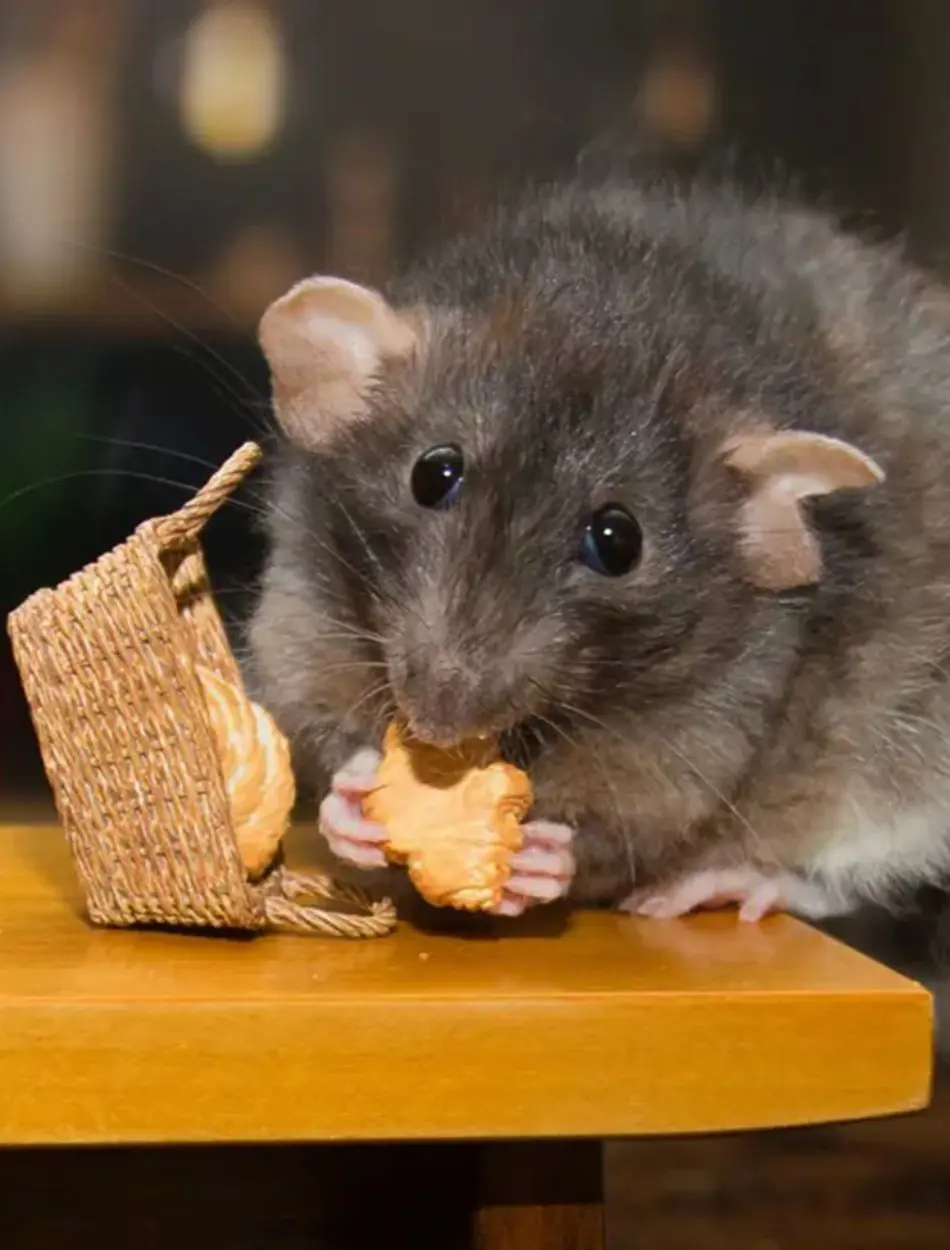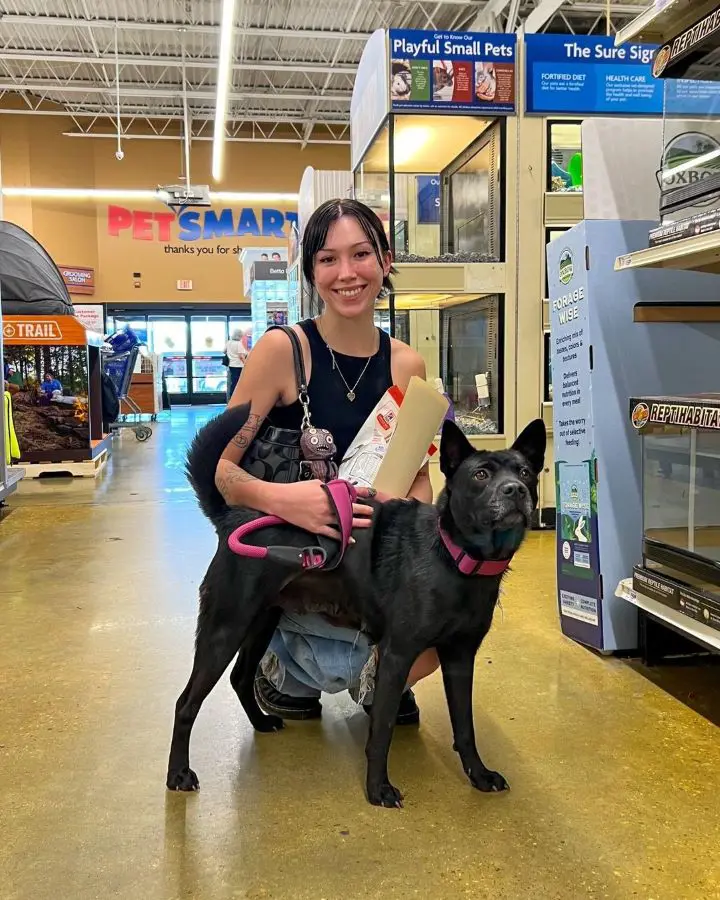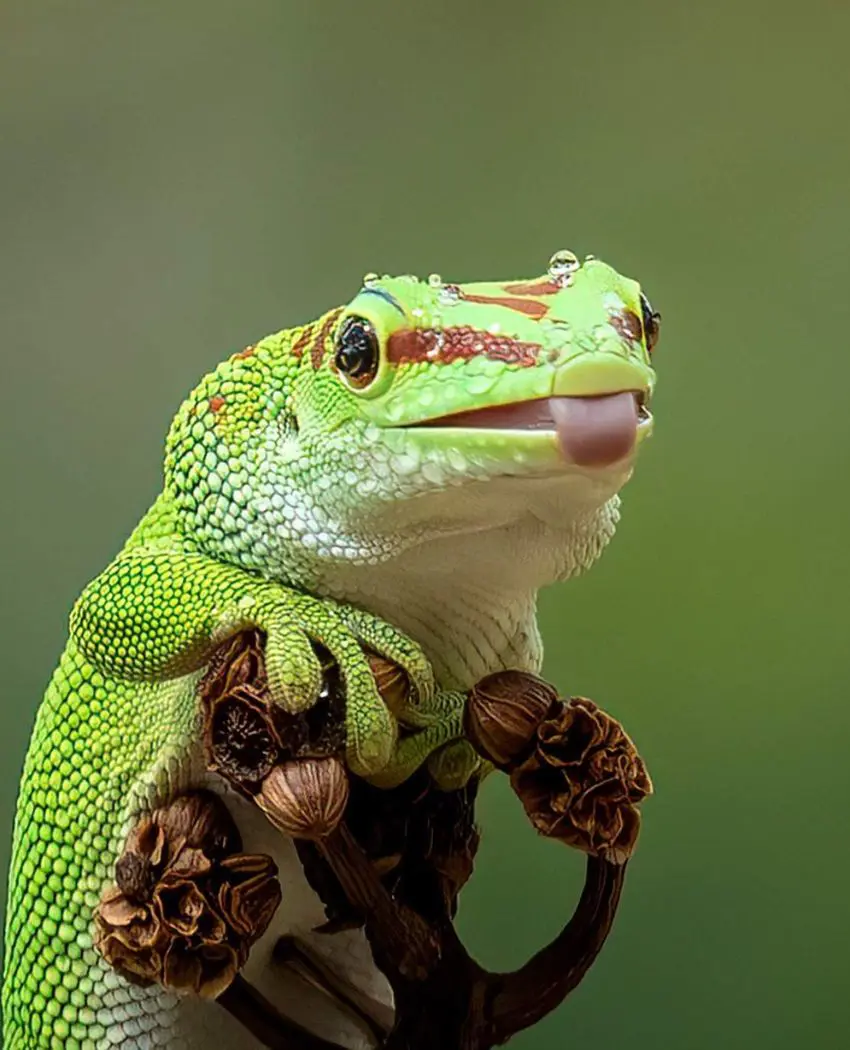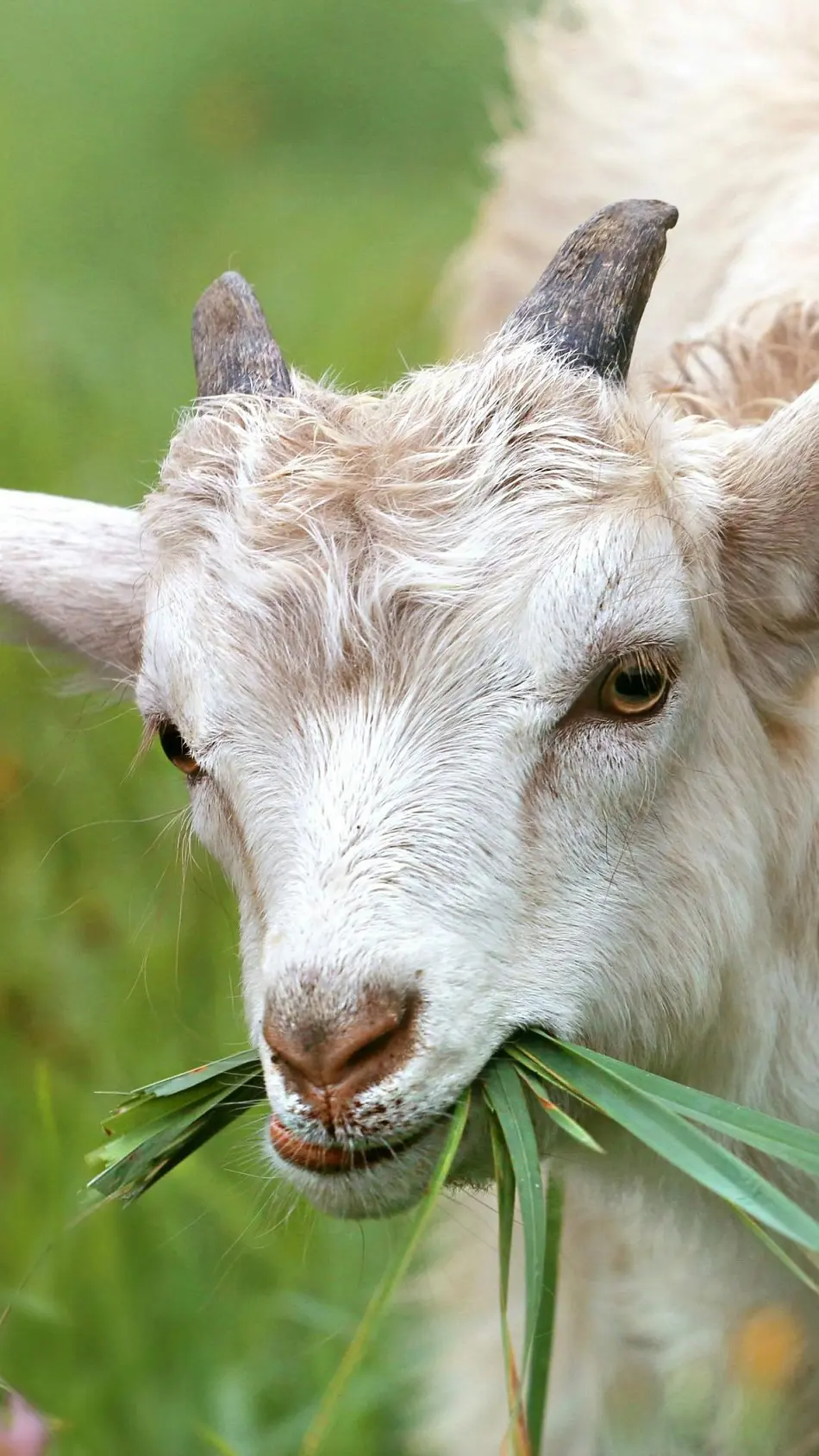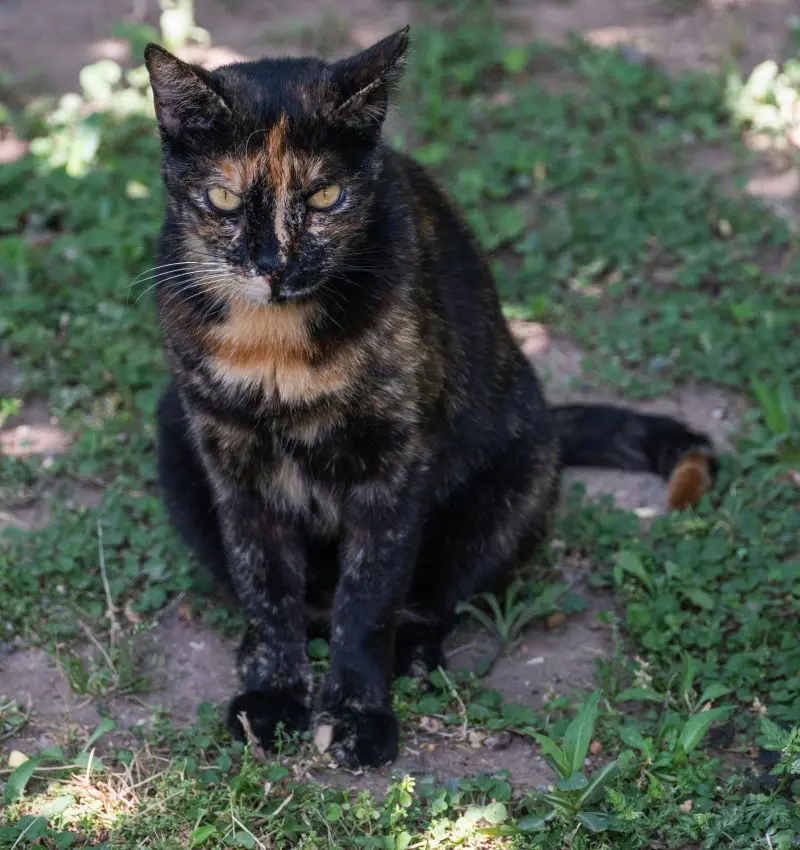How To Train A Puppy: A Complete Guide For New Dog Owners
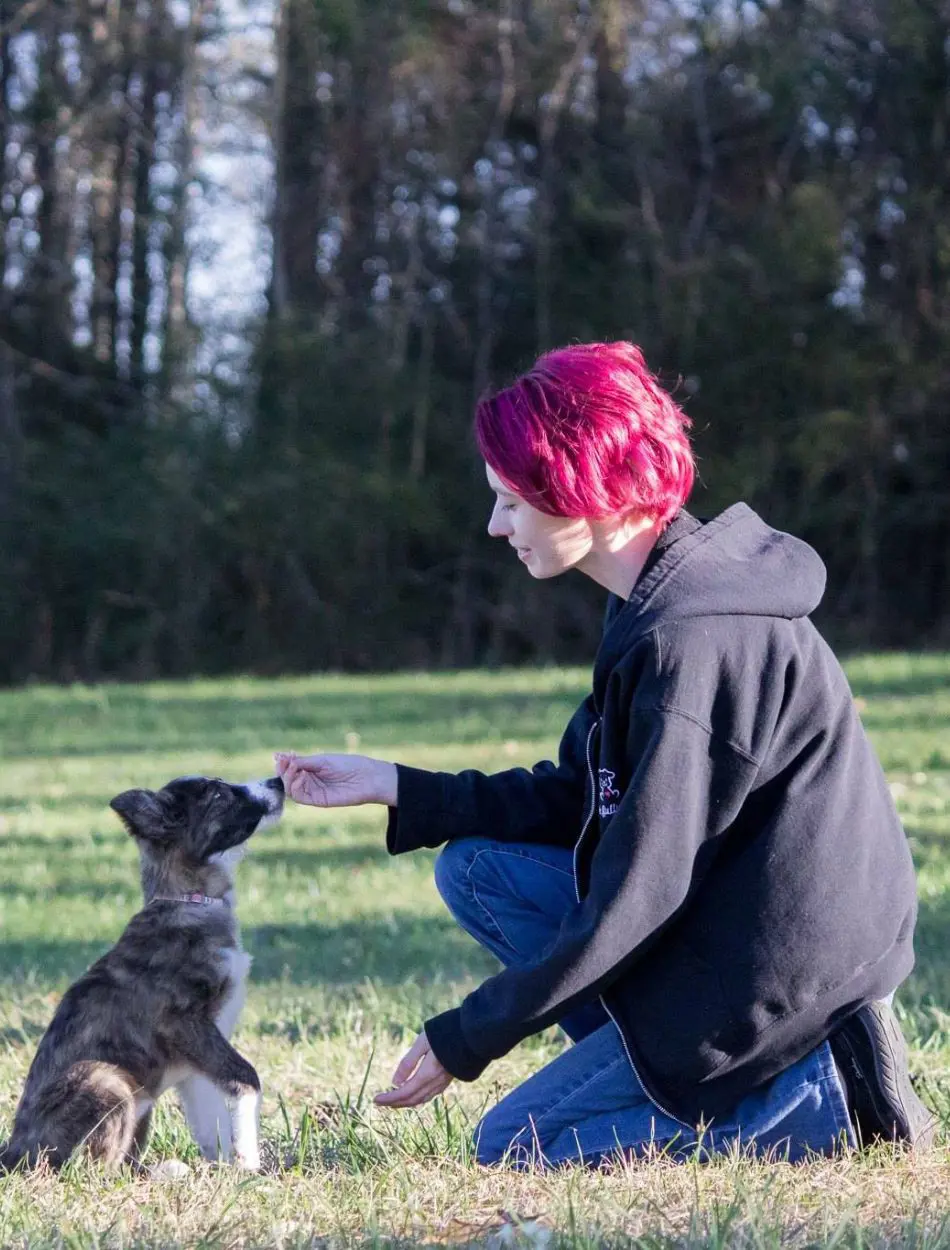
New puppy training can be both an exciting and frightening experience. Patience, the proper approach, and consistency are the order of the day in making sure that your puppy turns into a well-behaved friend.
In this article explore yourself through everything you need to know about training your puppy, from simple commands through housebreaking and even beyond.
Training as Early As Possible
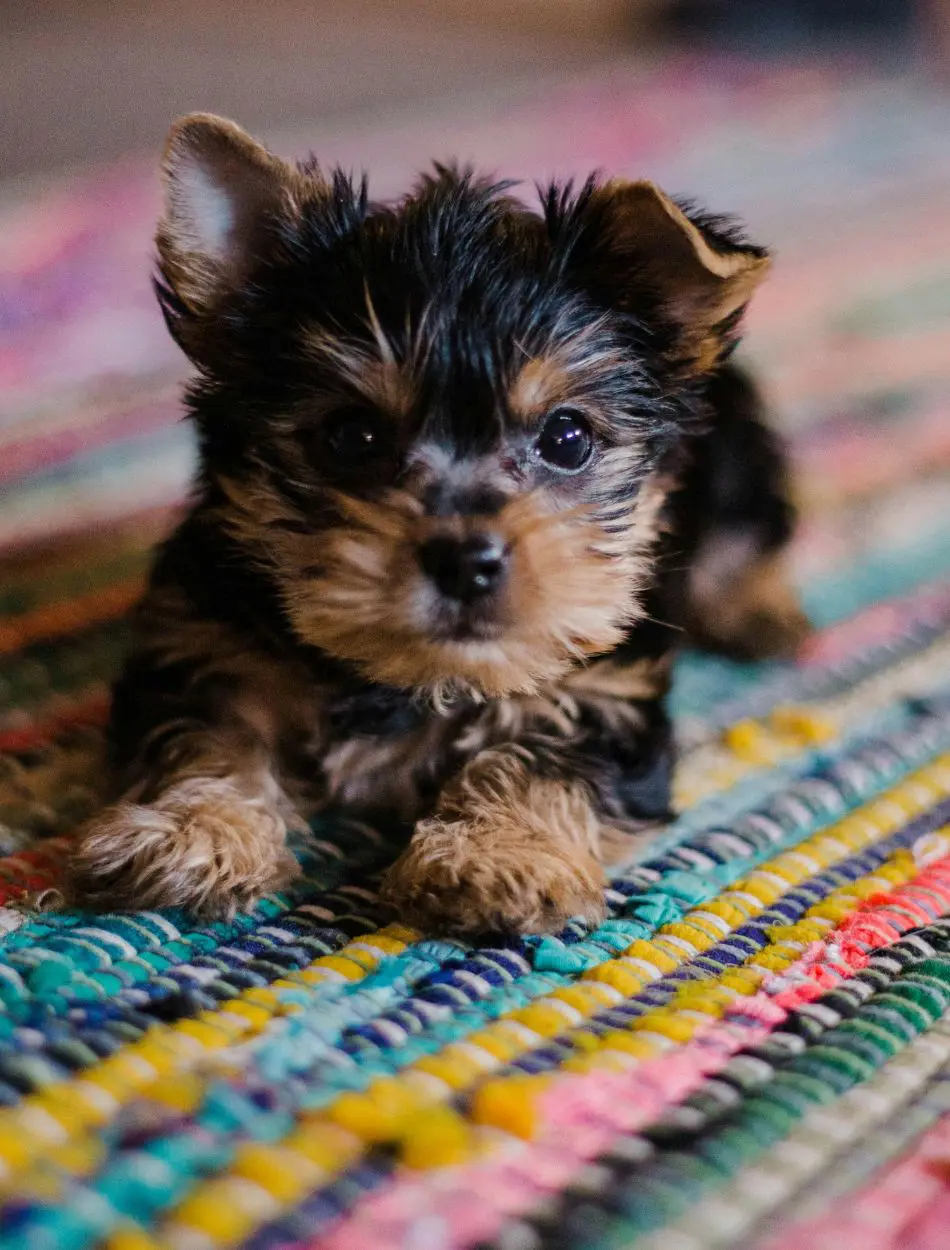
You must start training your puppy from day one that you have them and establish routines and boundaries so bad habits do not start to form. Be consistent in their training and maintain their basic training to advance training throughout their puppyhood and above.
Positive Reinforcement
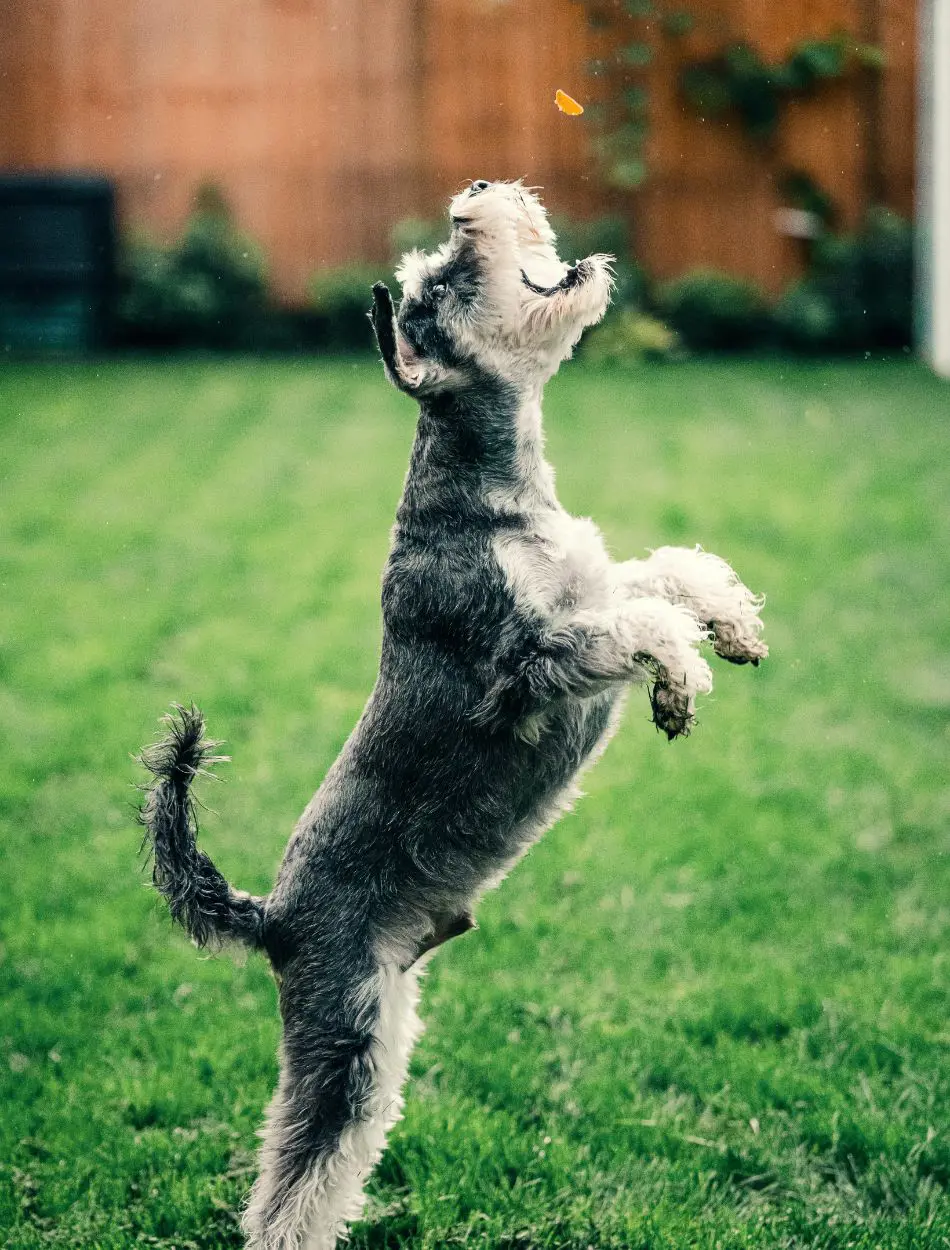
One of the best methods of training incorporates positive reinforcement. The very second your puppy does something correctly, a high-value reward a small piece of chicken or cheese is given.
By doing so, your puppy will be able to relate good behavior and respond to commands with positive outputs. After some time of training, you can incorporate less treatment and more praise and love.
Early Commands To Teach
Here are some basic commands you can use during the training of your puppy, and these can be helpful for them for a lifetime.
You can use combinations of them after they master each command, after some phase of training. According to the spruce pets, you can teach your puppy some commands as given below.
Stay

The "stay" command teaches your puppy patience, and it will prevent your puppy from bolting into the street when unsafe. Place your puppy on a seat, then take a few steps back while holding your hand up in front of you and saying "Stay" and reward them.
Sit
The most basic thing your puppy can learn is "sit". Take a small treat and hold it close in front of your puppy's nose, moving it over his head while going backward slowly.
Their bottom will naturally lower into the sitting position as they follow the treat. Immediately praise and reward with the treat until they respond to the verbal cue "sit" without the treat.
Come
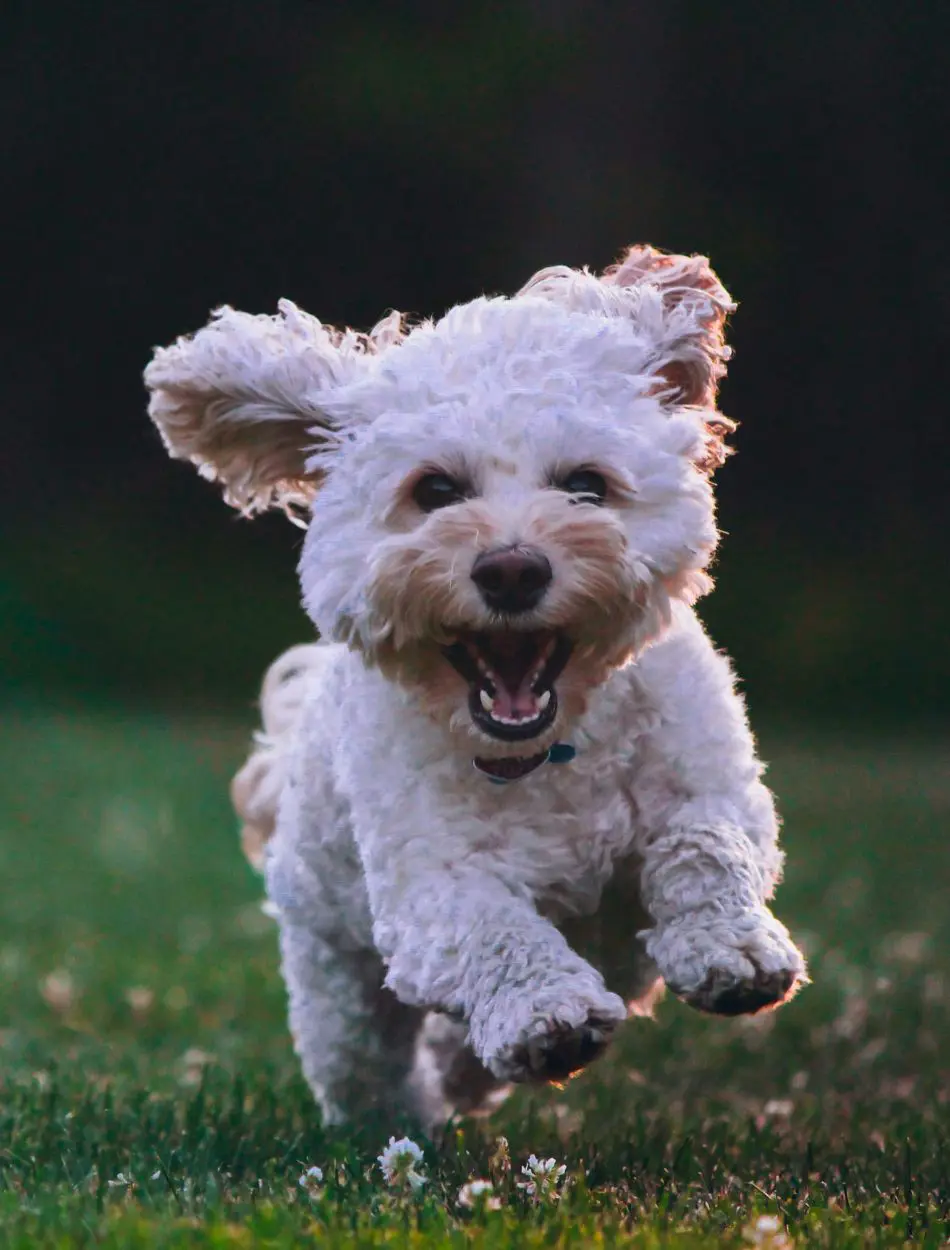
Find a quiet area with few distractions, call your puppy's name followed by the word "come" in an upbeat very happy voice then immediately reward your puppy with food and praise as they come to you. Consistency with positive reinforcement makes this a command your puppy will love being asked to do.
Quiet
Barking is natural and, excessive barking may be problematic. Figure out what he barks for, if he's excited, scared, or bored. The "quiet" command works when you reward your puppy for stopping barking after your cue.
Distract them with toys and treats to draw their attention away from whatever was prompting the barking. In this way, your puppy will learn that calmness is rewarded.
Drop It

The "drop it" command can save your puppy from chewing or ingesting harmful substances. To do this, give your puppy a toy, then immediately, barter a treat for it, while saying, "Drop it" and reward them. And repeat it.
As soon as your puppy releases the toy, give them the reward treat. Do these several times until your puppy makes the connection that releasing something gets him something good.
Leave It
The "leave it" command is going to save your puppy from so many items that are toxic or taboo. Hold a treat in your closed hand and let your puppy practice this with several articles adding more temptation items as the practice goes along. In time your puppy will learn the command translates to leaving the object be.
Heel

In the process of teaching them “heel” command, begin with your puppy in a quiet area on a slack leash. The moment he starts to forge ahead, stop and wait for them to come to your left side before you start forward again.
Reward them with treats for staying close to you. In this way, your puppy will learn in time that there payoff in walking beside you. You can practice these on the ladder, in a quiet place, and make it gradually difficult as they age.
Train In A Cage

Crate training, besides helping your puppy with housebreaking, gives him a sense of security. Make the crate a nice space firstly with toys and treats inside, leaving the door open for your puppy to come and go whenever it wants.
With time, puppies may learn the duration spent indoors, and the duration should be made comfortable and rewarding. You can feed your puppy inside a cage to make the cage comfortable for them.
Toilet Train
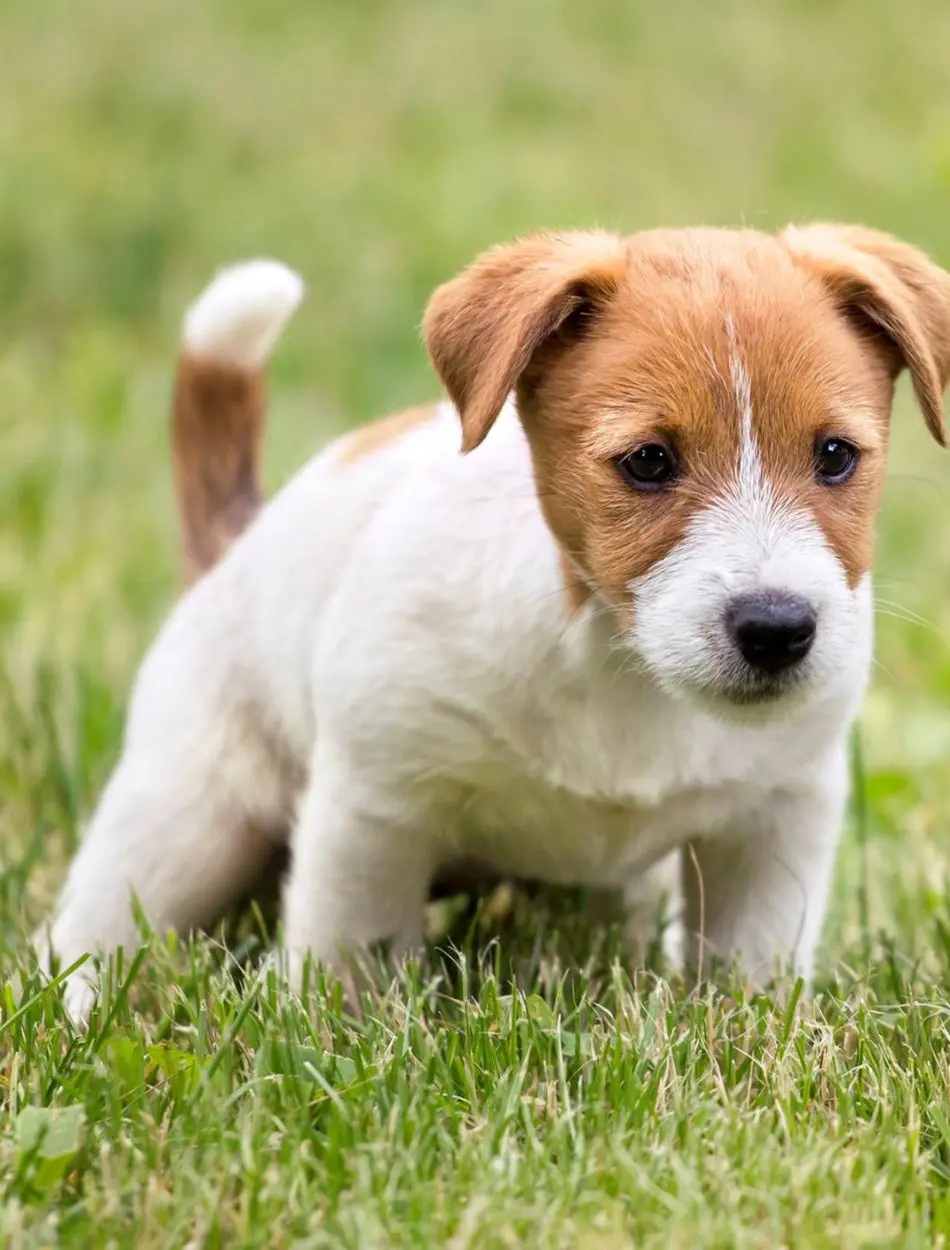
The main key to hastening the process of potty training your puppy is routine. Take him outside after meals, naps, and playtime. As soon as he goes to his designated spot where you would want him to do his business, he must be praised instantly with a reward attached to that praise.
In case an accident happens on the floor of the house, under no circumstances must you scold the puppy, but you can clean up the spot and follow the routine.
Expanding Access Gradually
As dogs are territorial, they do not toilet where they live, so you need to recognize them that your house is their house. In such a process, you can slowly introduce your house to them. These will help them to pee outside.
Train Not To Bite
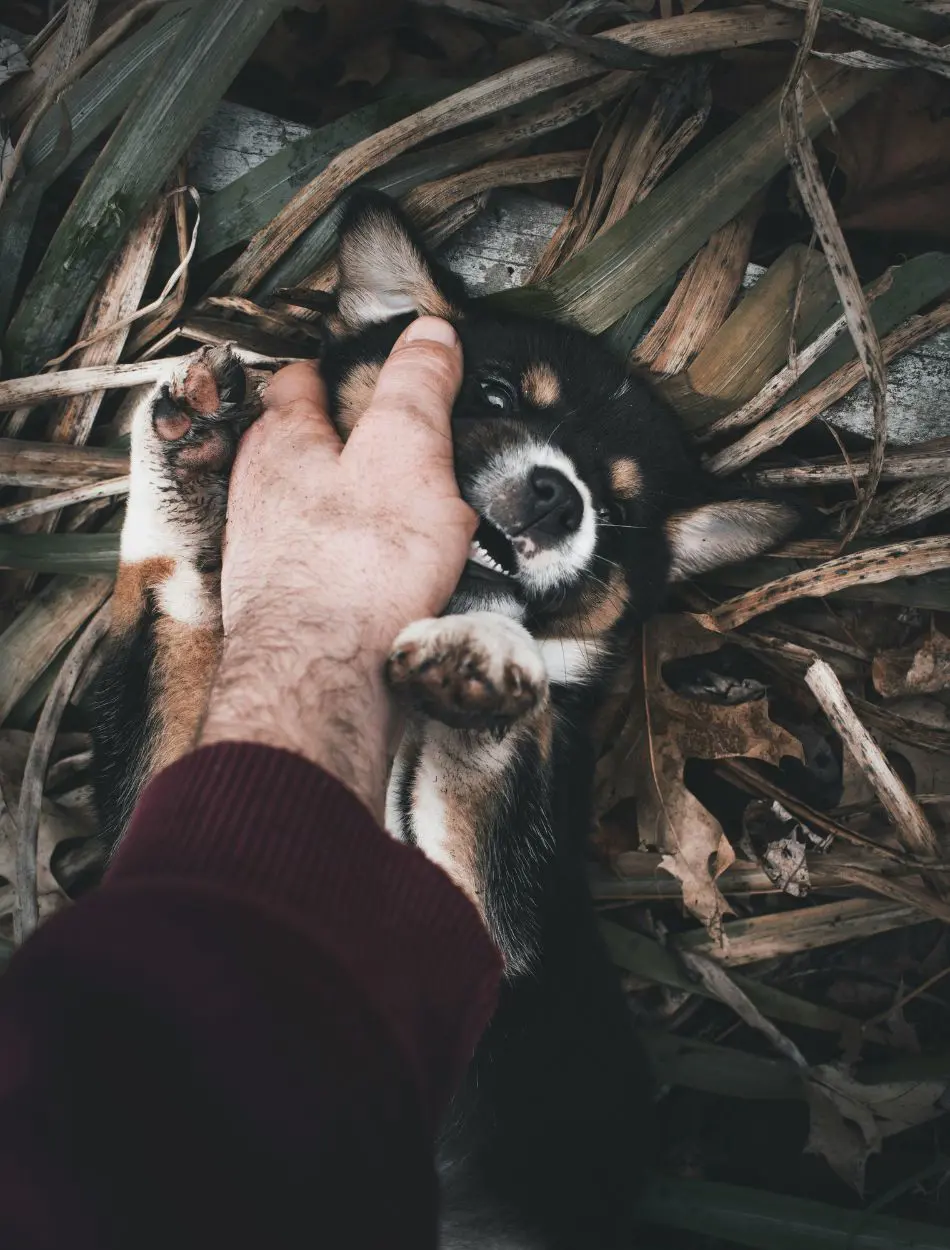
Puppies learn about the world through their mouth, and they need to be taught early in their puppy stages that this kind of biting is not acceptable. Each time your puppy bites, yelp or react with an "ouch," then stop playing.
Immediately offer them something it is OK to chew on. In time they will realize this will conclude the playtime and learn to redirect their natural chewing instinct.
Leash Training
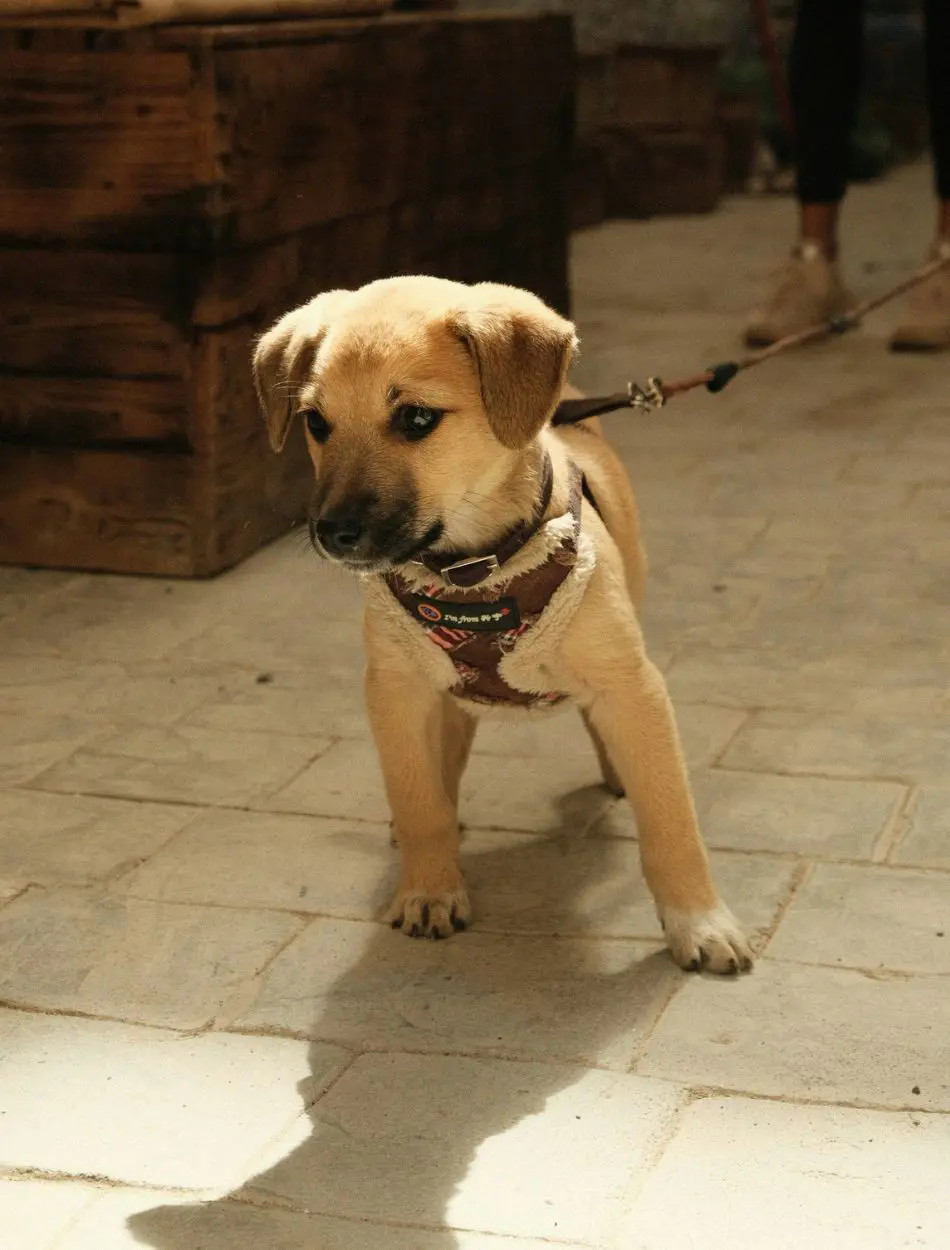
Leash training is straightforward, as long as you're patient and consistent. Take the time to leash train your dog indoors first, or at least in an area with fewer external stimuli. Let your puppy become accustomed to the leash and collar by letting them drag the leash around the house.
On walks, bring treats along and keep your puppy at your side; stop whenever they pull. Eventually, your puppy will understand that the reward of being at your side also makes for enjoyable walks.
Discouraging Jumping Behavior
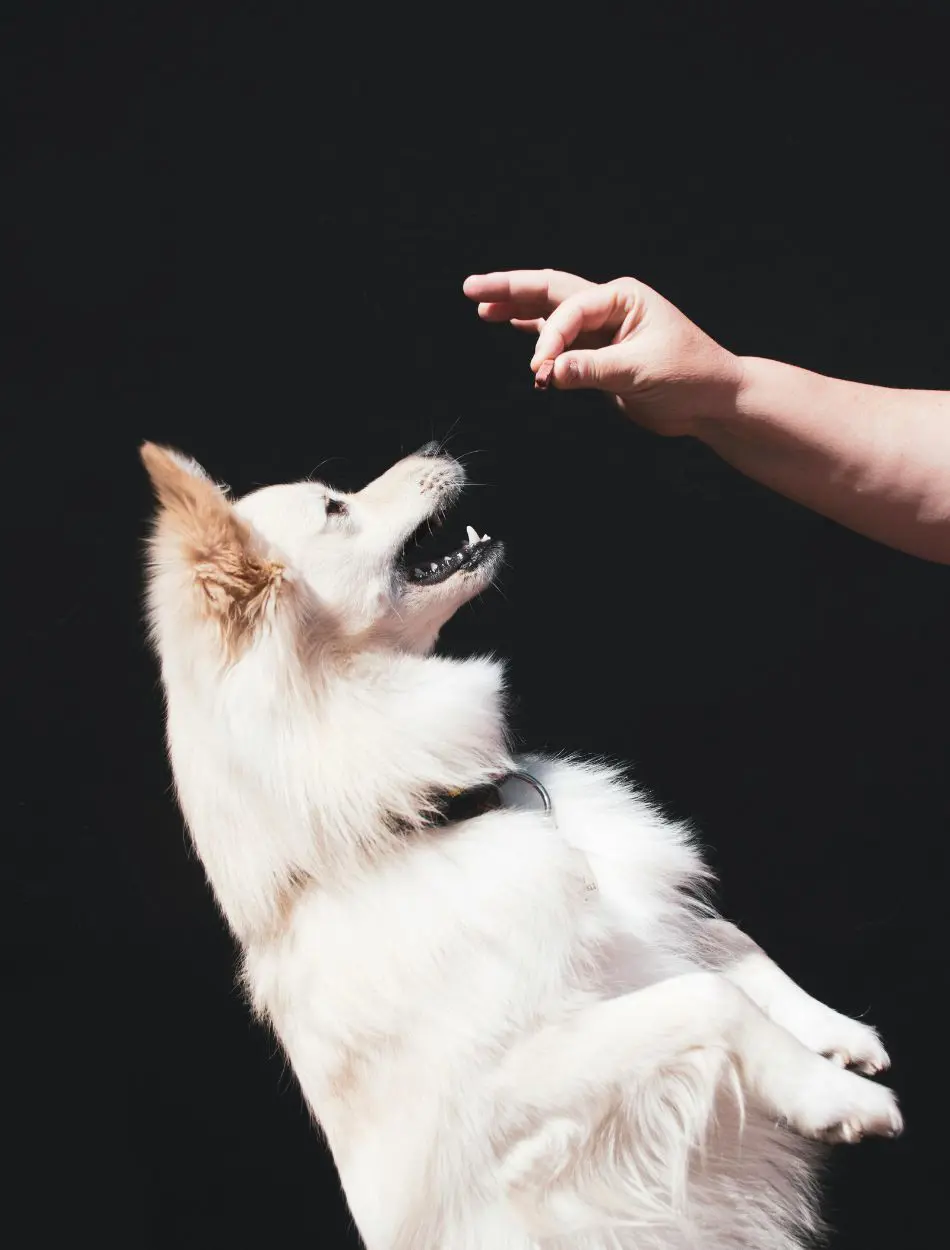
Jumping is one way a puppy may show excitement. While this may be 'cute' the first couple of times, jumping is unacceptable as they grow older. Instead, teach your puppy to sit for greetings.
If they do jump, turn your back and ignore them. When they are in a sitting position and are calm, reward them with praise and attention. That's the way they'll learn that sitting gets them more attention than jumping does.
Train Not To Jump On Furniture
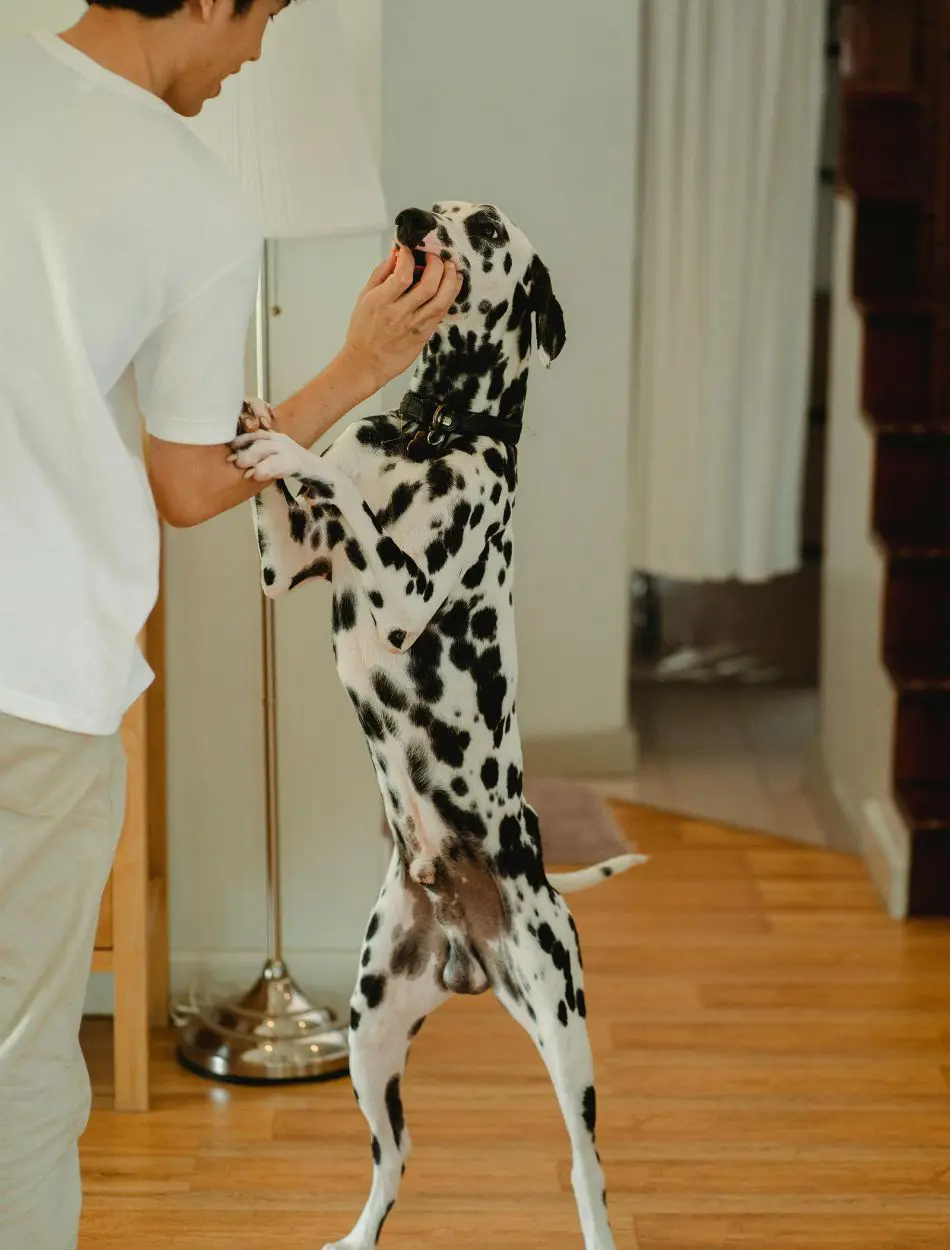
Set the rule early when you do not want your puppy to jump onto furniture. If they are getting on the couch, gently guide them down while saying, "Off."
Give them a very plush dog bed instead. Reward them when they choose their bed. It will take a while for consistency to set in, and they will get smarter so that it pays better to stay in their space.
Socialize With Other Dogs

Socializing with your puppy may prevent behavioral problems later in his life. Allow your puppy to meet friendly, easygoing dogs in areas that he can easily handle along with you as his owner, and first do on-leash introductions then off-leash playtime in areas safe for your puppy.
Handle Separation Anxiety
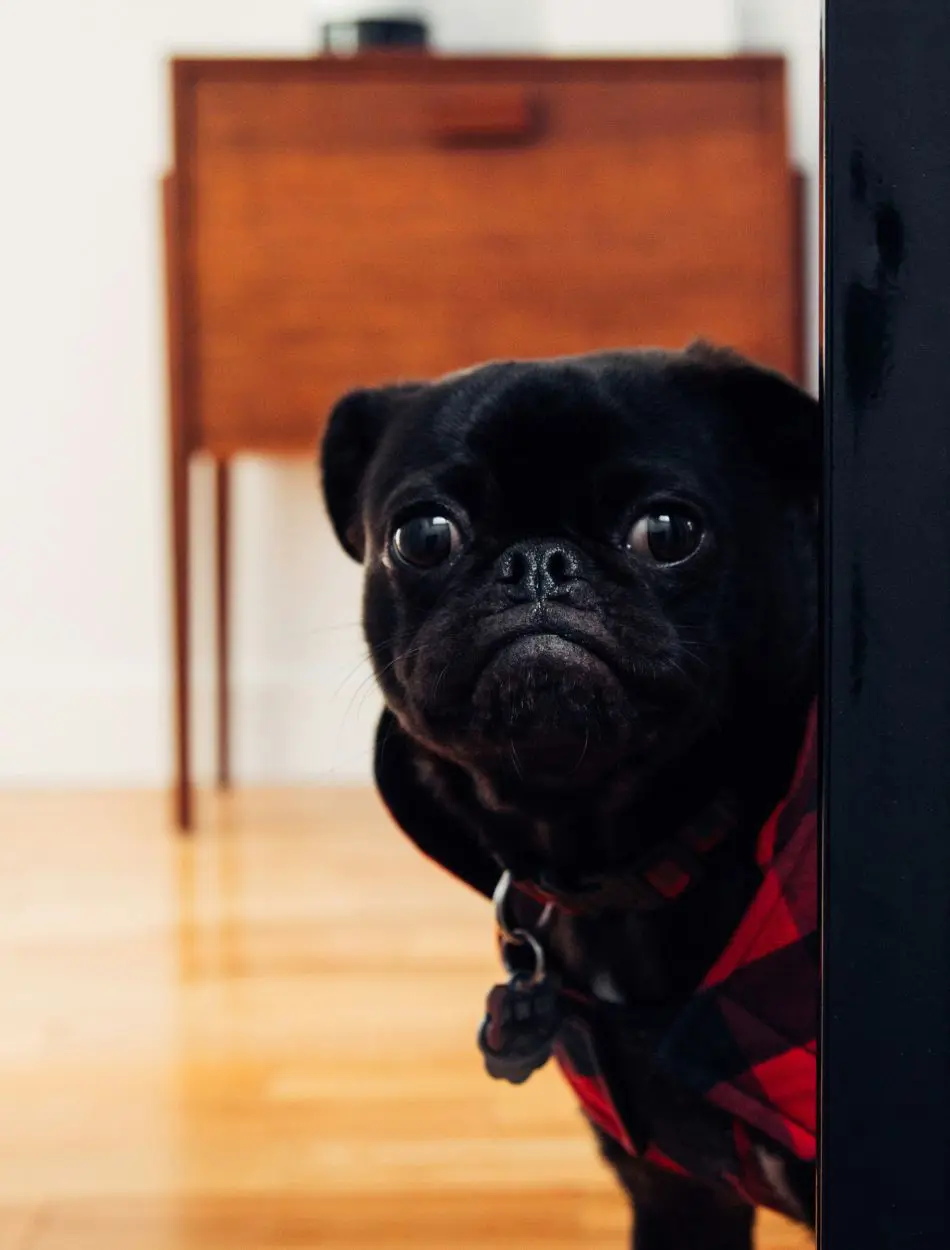
Separation anxiety can manifest in the destructive behavior of your puppy when left alone. Just leave your puppy alone for short lengths of time, then increase gradually the time that you are away.
Give your dog a special toy or treat that he gets only when you are away to help him associate something positive with your leaving. Do not make a big show of leaving or returning because this builds anxiety.
Socialization To Grooming

Puppies do find grooming stressful; therefore, they must be socialized gradually to it from an early stage. Allow the puppies to get used to light handling around their paws, ears, and mouth.
Expose him little by little to the grooming equipment, like brushes and clippers, and praise quiet behavior using treats. Over time, your puppy will learn to associate grooming sessions with good feelings; hence, making less work at either end.
Socialize To The Car

While early socialization does help, to puppies, rides are just too stimulating. Short drives to places of wonder-such as parks or to visit friends can create a positive correlation with the car in your puppy's mind.
Secure them with a crate or harness and reward them with a treat for not freaking out. Before you know it, your puppy, with the practice of gradual distance and length in drives will be able to simply be in a car.
Make sure the environment of the car is suitable for them and avoid them alone in car for longer periods.
Seek Professional Help
In the process of training your pups, as every puppy has their nature and personality and speed of learning, every pup can’t absorb all the commands at the same time. You need to be persistent and patient in the process.
If the problems persist, or you are reaching your wit's end, consult a professional dog trainer, who uses only positive reinforcement techniques and is experienced with puppies. They can teach you the process and provide suggestions to you.
Training According To Age
Training your puppy by his age helps him learn important skills at the right time. Here's a simplified guide that will help you get through every stage.
8-10 Weeks
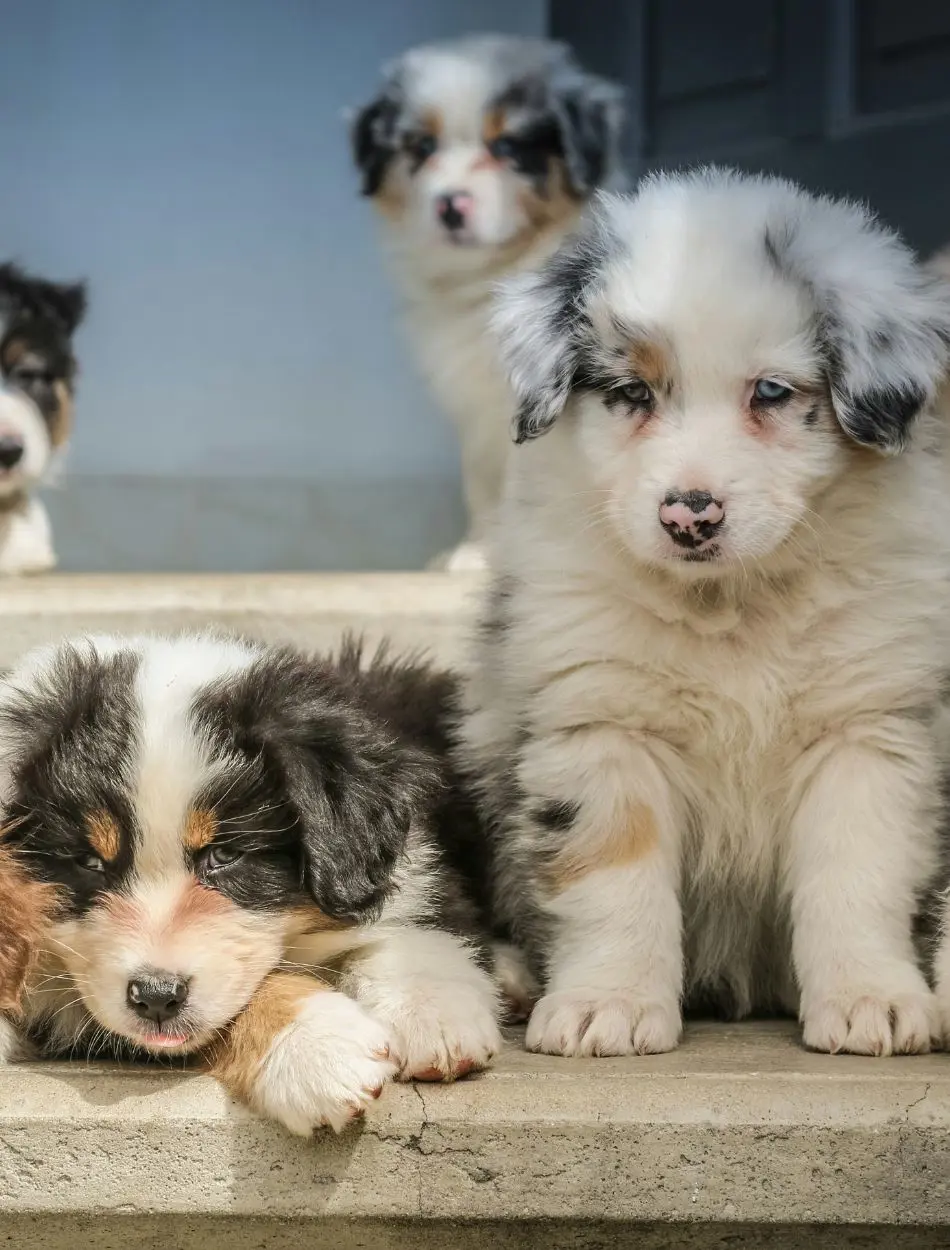
This is the first time most of the puppies enter their human companions' homes. In such a period, create of a routine of crate training, and potty training using positive reinforcement to create good habits.
Introduce them with basic commands such as sit and come, start socializing them with family and friends, and redirect their chewing behavior with the provision of chewing toys.
10-12 Weeks

Start to increase puppy commands such as "place," "down," and "heel" and introduce leash and harness for outdoor walks. Socialize with new people, a new noise, and a calm puppy with a similar temperament.
Start training for thresholds so your puppy isn't running through doors, rewarding calming nature at the exits.
3-4 Months

In this phase introduce them to commands "stay",” heel” and "leave it" and use a combination of them Practice them in the low distraction area.
Continue socializing your puppy with other dogs after they have been vaccinated, ensuring the interactions are positive and controlled.
4-6 Months
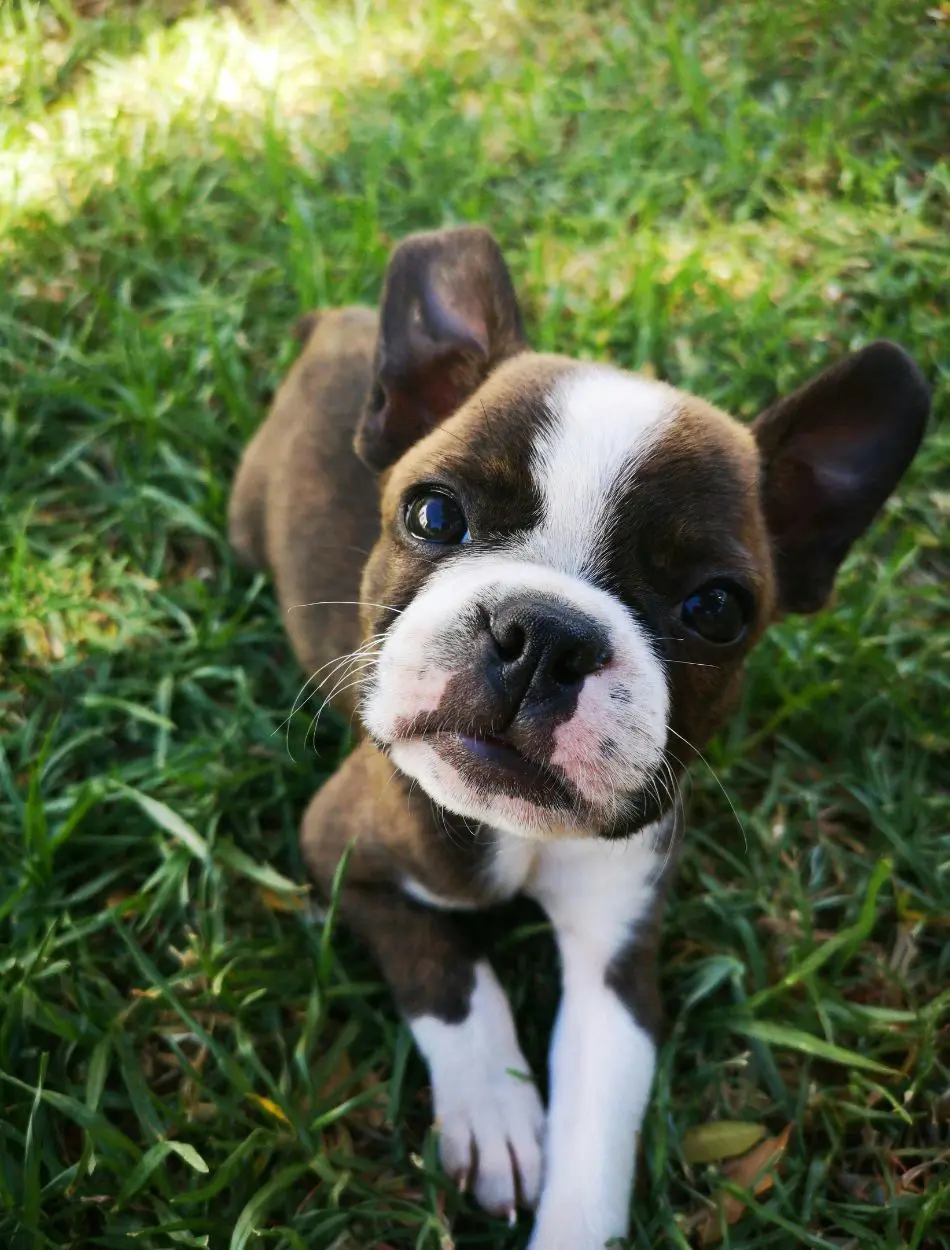
Now it's time to take practice commands out of the home and into public areas. Introduce new environments, such as parks, and use the 3 D's such as distance, distraction, and duration, to challenge your puppy in their obedience.
As your puppy becomes more confident in outdoor distractions, extend walks and reinforce the "heel" command. Wean off food rewards by substituting praise or affection.
6 Months-1 Year
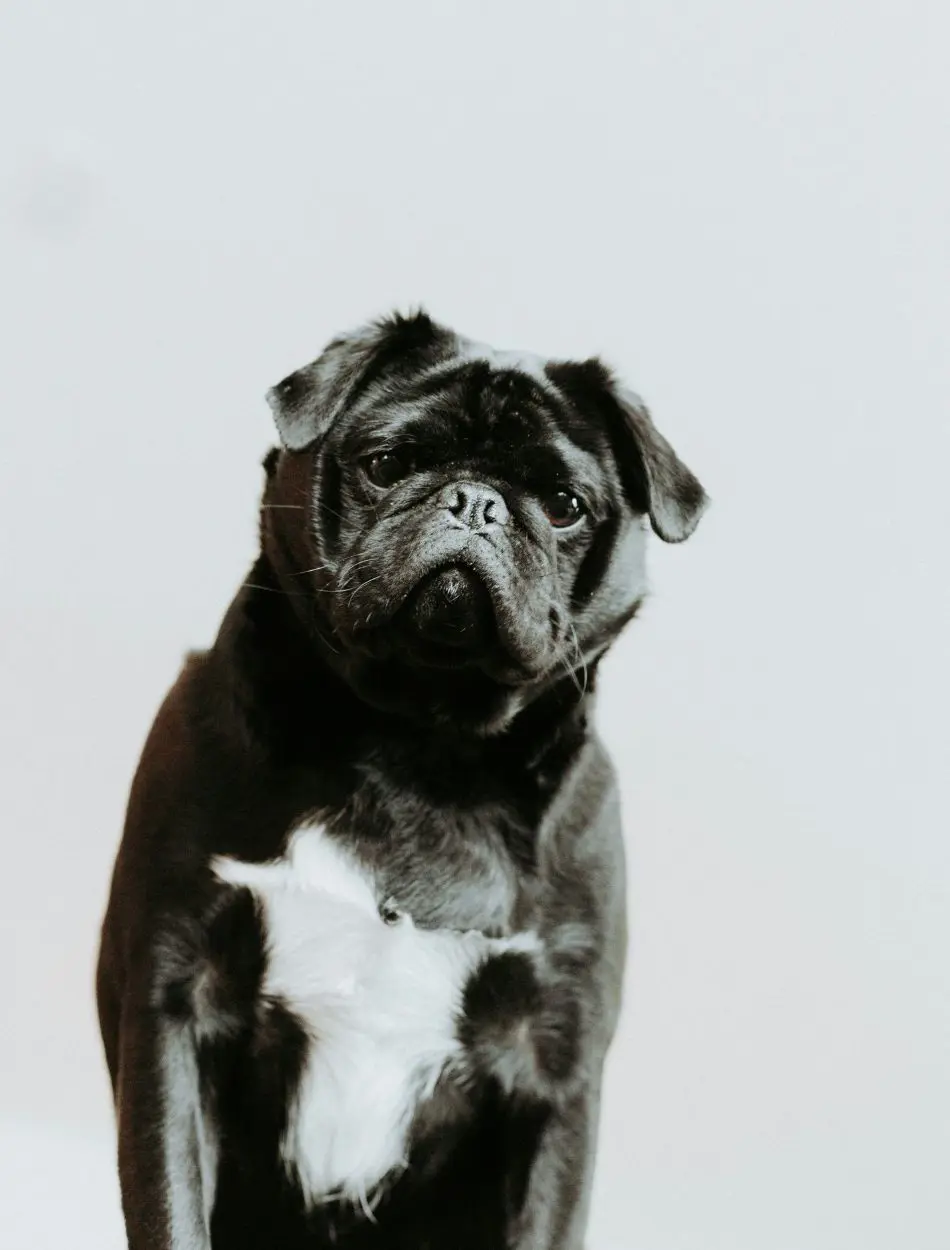
At this age, they should be well on the road to potty training, crate training, and some commands. Through the adolescent stage, some regression is normal but continued sticking to a routine will keep them on track.
With continued training, your puppy will grow into a well-rounded, well-behaved adult dog and set a foundation for lifelong good habits.
Training the Most Popular Breeds in Dogs
Each breed of dog has certain characteristics associated with it, knowing which is the essence of any training. Discussed herein are six major areas of training that can be emphasized on certain breeds, which are in good demand.
- Labrador Retriever: Energy Management and Chewing Control
Being overly energetic dogs, they need frequent exercises such as agility training, fetching, and puzzle toys to make them focused and early focused on the chew training. - German Shepherd: Obedience And Socialization
Being one of the brainier, more accommodating breeds, formal obedience training with “sit”,” stay”, and, “come” commands. Socialize them to focus on their guarding instincts with lots of new people and circumstances.

- Golden Retriever: Manners and Socialization
Early socialization will develop good manners in a social and friendly dog golden retriever with people and another animal and introducing the “sit” command is beneficial for their vivid nature. - Beagle: Recall And Scent Work
With a strong sense of smell and tend to wander off, provide them training them with ‘come’ command with distraction in more challenging environments such as parks. Engage them in games of scent work and treasuring to satisfy their inborn instinct. It keeps the dog's mind engaged and enhances focus on you when its nose may stray.

- Poodle: Mental Stimulation And Trick Training
The Poodle has to be included in the top dog breeds for intelligence, so their minds need stimulation from time to time to make them really happy. Puzzles and interactive toys will keep them alert and prevent boredom from setting in. - Bulldog: Patience And Brief Sessions
Being not so cooperative in training, training bulldogs demands patience and positive reinforcement with gentle encouragement and treats. With low energy, you need to keep the training session brief and enjoyable for them.
Recent posts
Pets
What Smell Do Mice Hate The Most
Mice in your garden or home can cause significant problems. They can wreak havoc by means of eating your plant, contaminating food, or even transmitting dangerous diseases like plague. Eliminating them or creating an environment that discourages them...
20 Pet Friendly Stores In The USA
Over the years, the population of pet owners, especially ones with dogs, has increased. Naturally, this has also increased the need for pet-friendly stores because pet owners no longer want to give business to stores where their furry best friends ar...
Why Do Horse Have Manes?
Horses have manes primarily for protection and communication. The thick hair shields their necks from insects, weather, and potential predators, while also serving as a way for horses to express social cues among their herd. In this article, we are g...
18 Foods Geckos Can Have
Geckos are a group of small to medium-sized lizards known for their unique adaptations. It is important to understand what geckos eat before you bring them home. The exact food for geckos may vary based on their age, species, and activity level...
20 Foods You Can Give To Your Pet Snake
With the increase in people's unique interest and taste for pets, snakes are becoming more popular. These reptiles are considered fascinating creatures and are preferred mainly by those who want a long-term commitment from their pets. Unlike other us...
17 Foods That Goats Can Eat
Although they naturally are curious and may enjoy the many types of food available, it is much better if well-rounded nutrition is given to them to ensure they will have good health. A variety of food keeps them healthy but also pleases their taste f...
